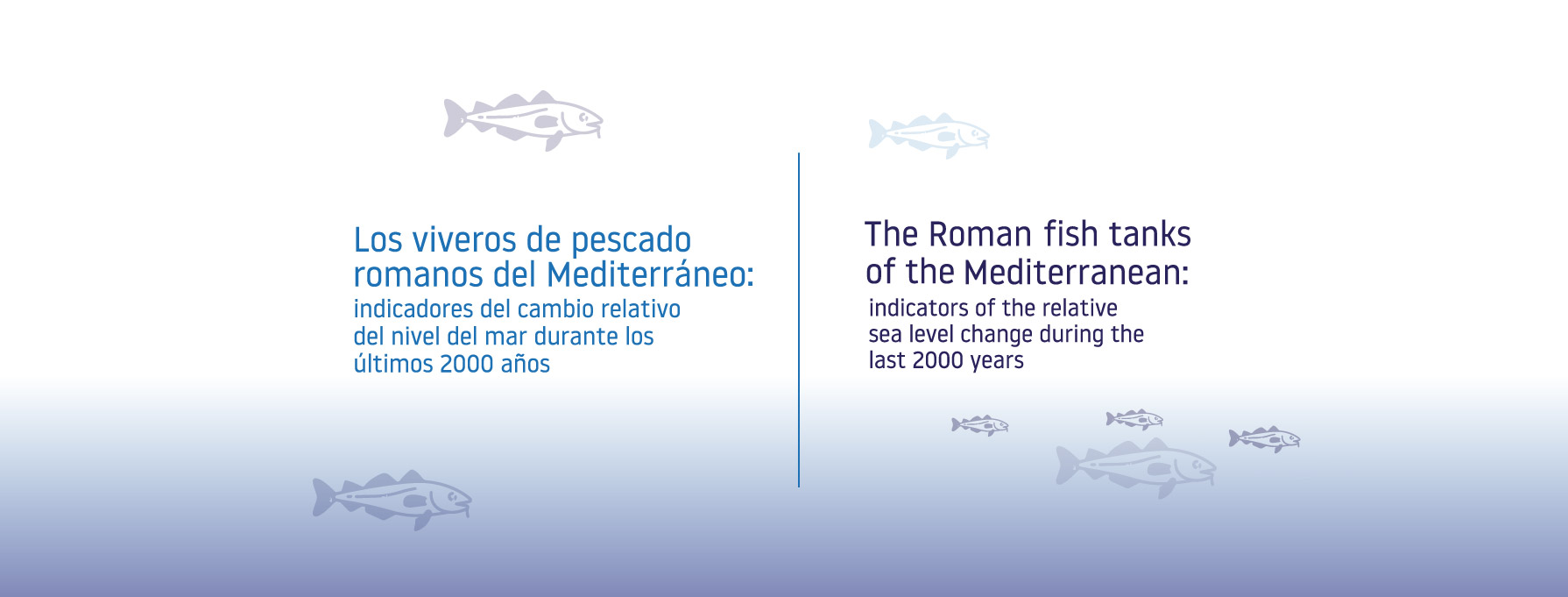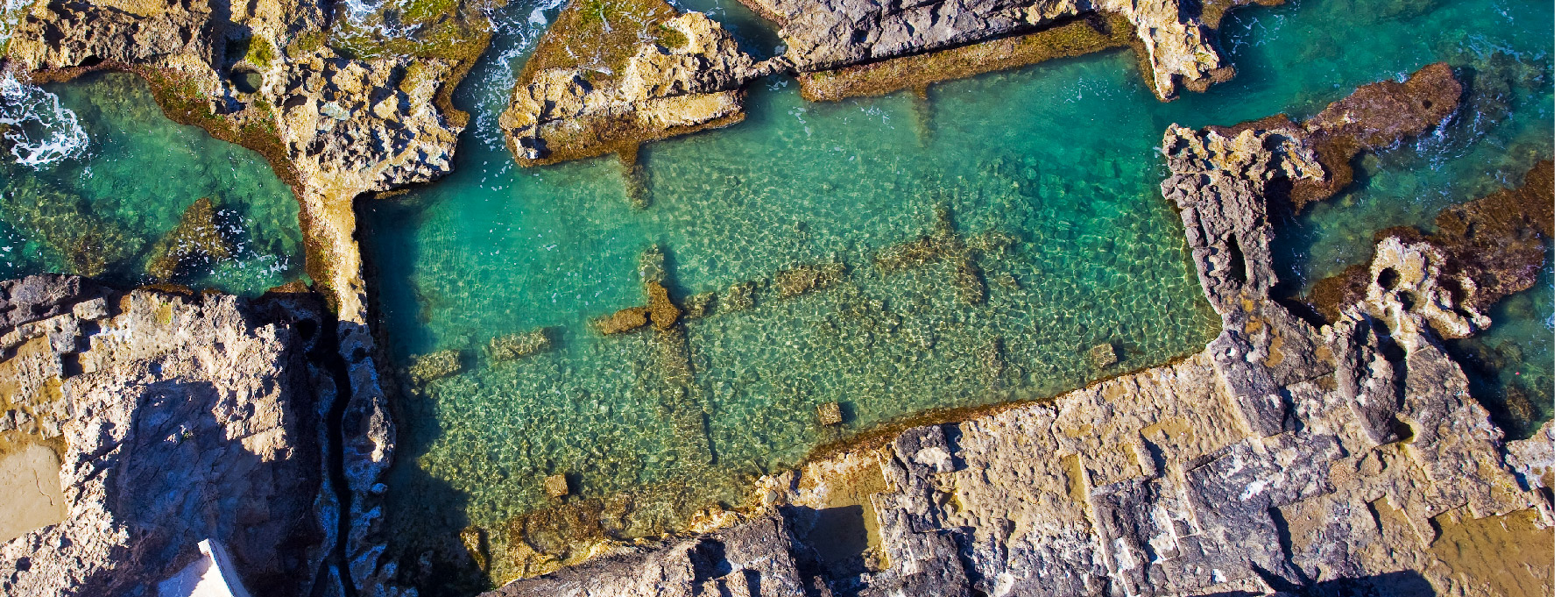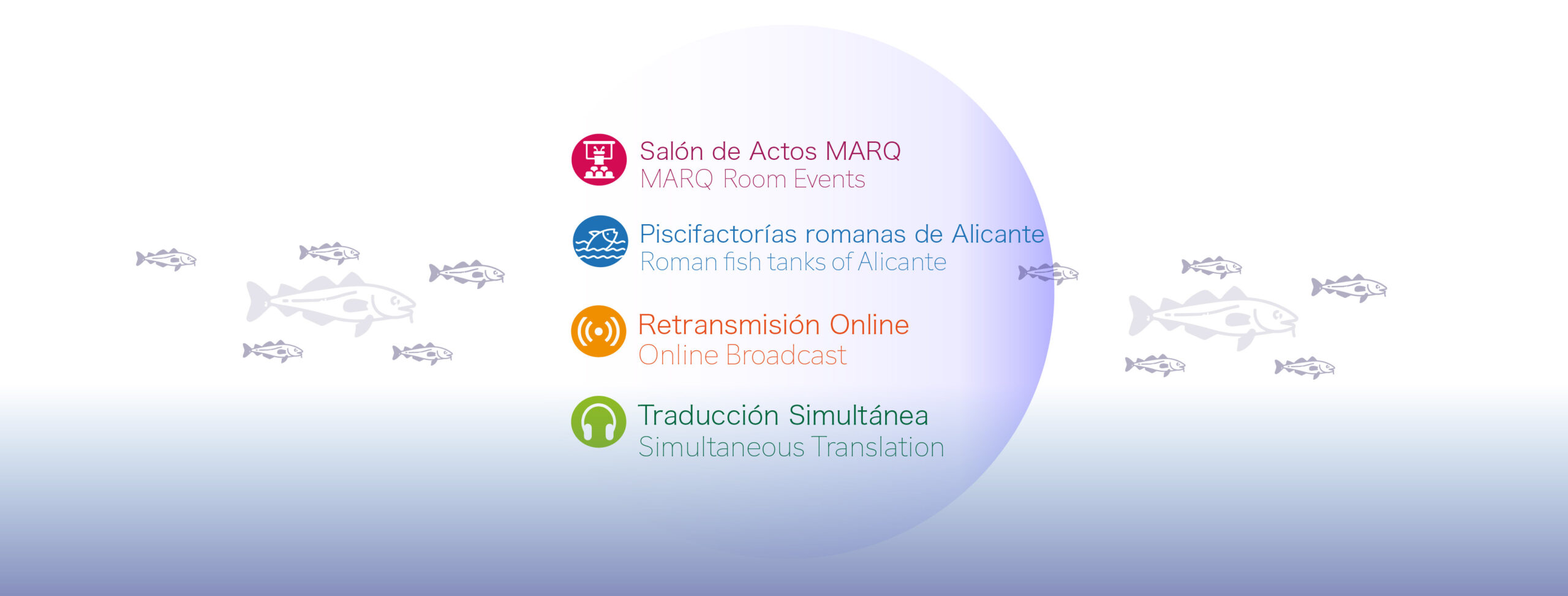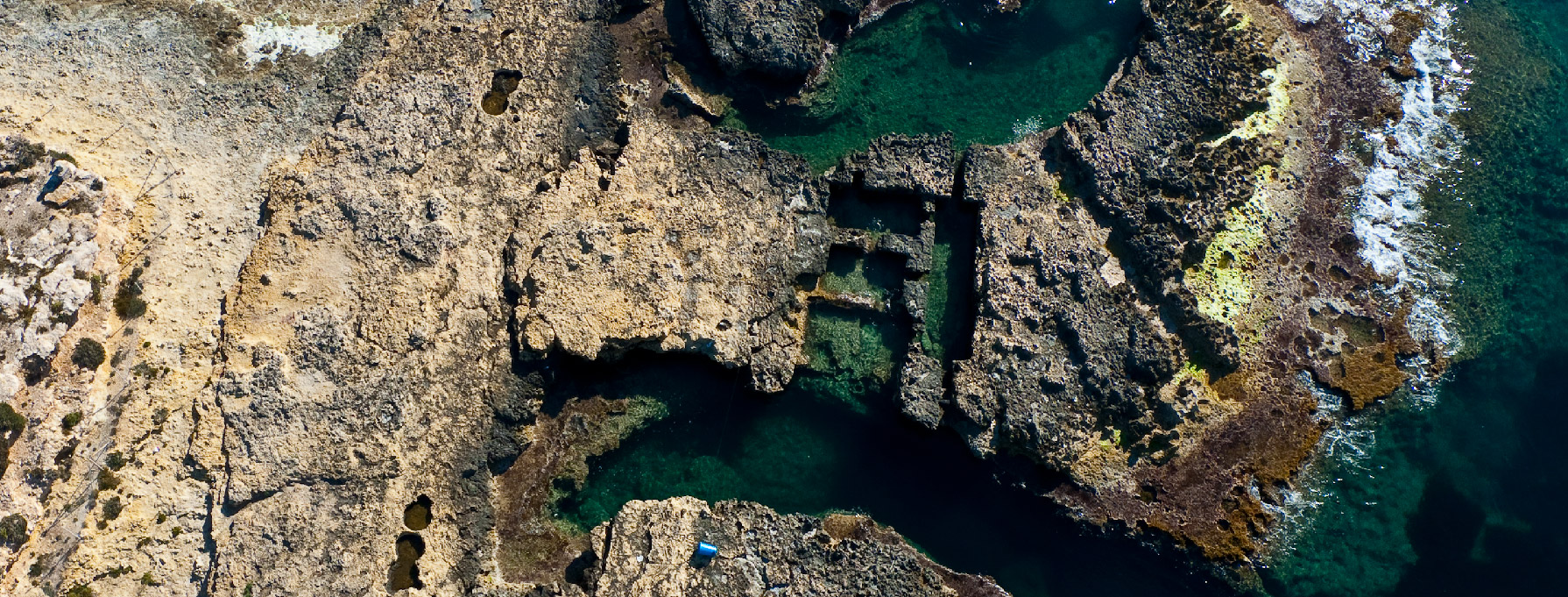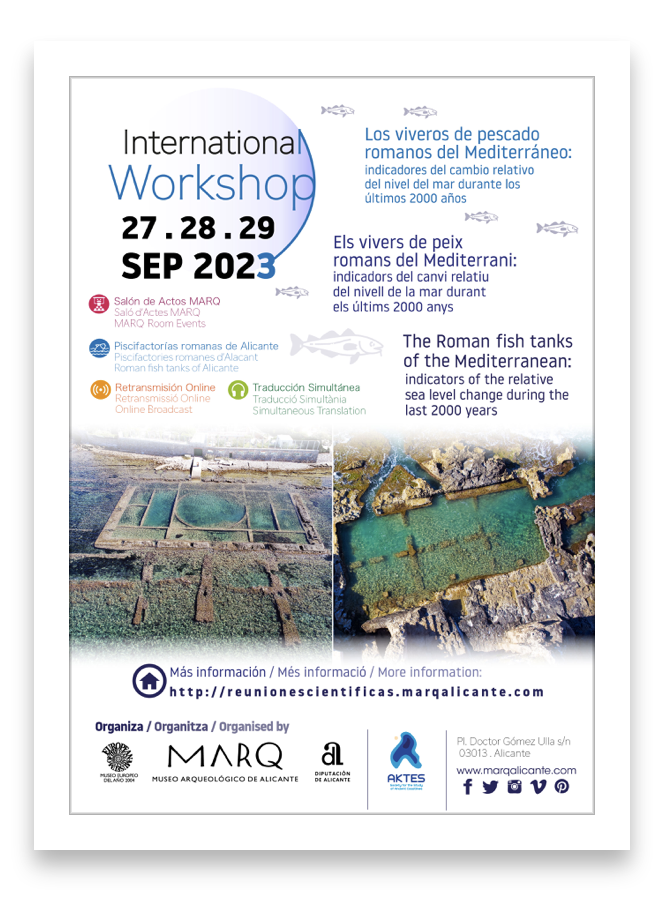Los viveros de pescado (piscinae) romanos excavados en la roca son construcciones costeras de especial valor no sólo porque aportan importantes conocimientos sobre las técnicas de construcción, la acuicultura y el consumo de pescado durante el periodo romano, principalmente entre el final de la República e inicios del Alto Imperio., sino también porque proporcionan pruebas convincentes sobre el cambio relativo del nivel del mar desde el periodo en que se construyeron y estuvieron en uso. Las piscifactorías constaban de receptáculos donde se criaban los peces comunicados con el mar por medio de canales que aseguraban la renovación del agua y para conseguir un buen resultado era necesario tener conocimientos especializados. Una característica clave para que funcionaran estas instalaciones está relacionada con la amplitud de las mareas coetáneas y el nivel medio del mar. Por lo tanto, su posición actual con respecto al nivel del mar determina la magnitud del cambio relativo del mismo en los últimos 2000 años. Dado que las piscifactorías romanas siguen prácticamente los mismos principios constructivos y se sitúan dentro del mismo rango cronológico, las comparaciones entre un número significativo de piscinae de España, Grecia e Italia pondrán de manifiesto el impacto diferencial de la isostasia y el régimen geotectónico en las zonas costeras de todo el Mediterráneo. Como caso singular se presenta la única piscifactoría conocida en el ámbito oceánico como es la de la villa romana de Tarifa, que puede plantear otras peculiaridades y problemas para el funcionamiento de estas construcciones.
The Roman rock-cut fish tanks (piscinae) are coastal constructions of particular value not only because they provide important knowledge about construction techniques, aqua-culture and fish consumption during the Roman period, mainly between 200 BC and 200 AD, but also because they give compelling evidence on the relative sea level change since the period that they were constructed and were in use. Fish tanks were designed carefully and constructed diligently, so as to recreate the natural habitat of the fish. To this purpose they were cut into the rock along the coastal zone and communicated with the sea through channels. A key feature of the rock-cut fish tanks is that for effective functionality, their construction is closely related to the coeval tidal range and mean sea level. Therefore, their current position relative to the sea level determines the magnitude of the local relative sea level change during the last 2000 years. As the Roman fish tanks follow nearly the same construction principles and fall within the same chronological range, inter-comparisons of a significant number of fish tanks from Spain, Greece and Italy will highlight the differential impact of isostasy and geotectonic regime on coastal areas throughout the Mediterranean.
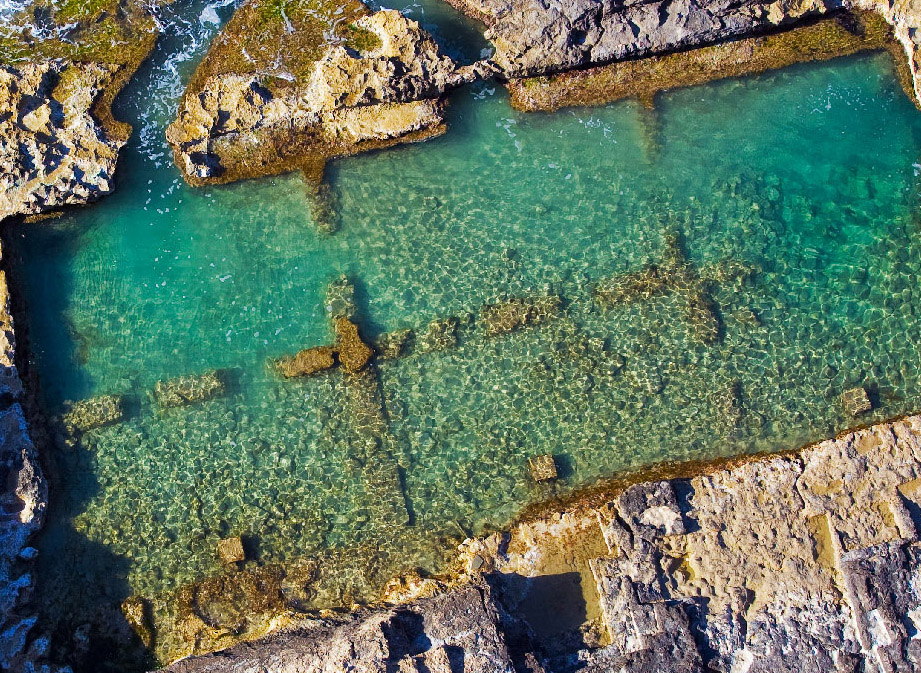
Vivero de Calpe
Fish tank in Calpe
Comparte, participa y difunde el WORKSHOP "Los viveros de pescado romanos"/ Share, participate and spread the WORKSHOP "The Roman fish tanks"
DESCARGAR / DOWNLOAD
Se abre el plazo de inscripción para la asistencia al congreso / Registration for attendance at the congress
INSCRÍBETE/ SIGN UP
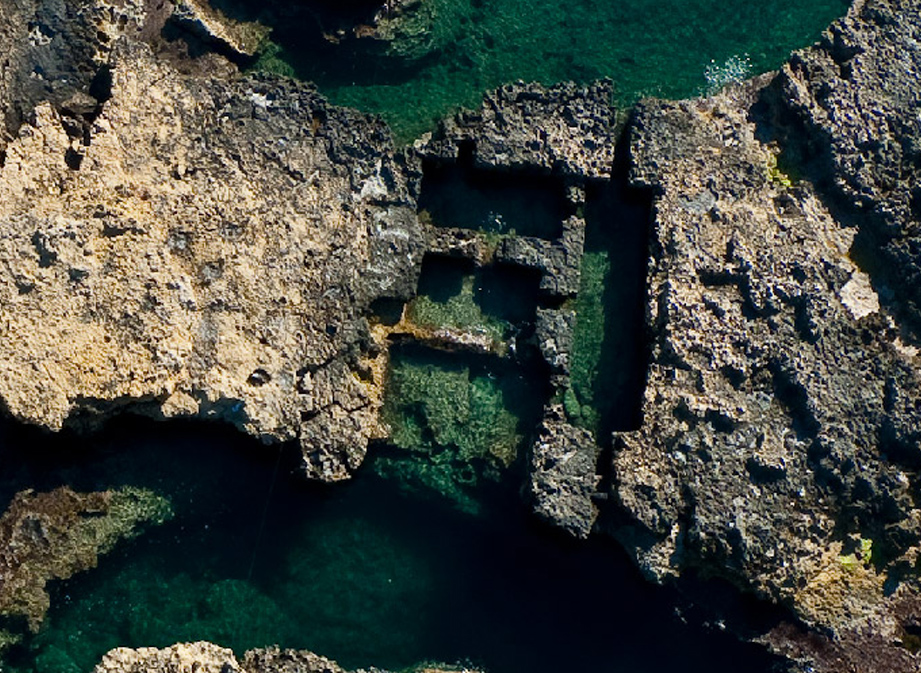
Vivero de la Illeta dels Banyets (El Campello)
Fish tank in la Illeta dels Banyets (El Campello)

Organiza / Organised by
MARQ Museo Arqueológico Provincial de Alicante
The Society for the Study of Ancient Coastlines (AKTES)
El workshop está abierto a los interesados que se podrán inscribir oficialmente y a los que se les proporcionará un certificado de asistencia, si acreditan haber asistido mediante firma al menos a las sesiones de conferencias realizadas en el museo y a la visita técnica a los viveros de la Illeta y la Albufereta del día 27 por la tarde.
Las visitas técnicas a los viveros de Alicante están abiertas a los inscritos. La organización cubre el desplazamiento hasta completar las plazas disponibles de autobús (alrededor de 40). La organización no se hace cargo de la manutención de los inscritos.
The workshop is open to those interested who can officially register and who will be provided with a certificate of attendance, if they can prove that they have attended at least the lecture sessions held at the museum and the technical visit to the fish tanks of La Illeta and Albufereta on the afternoon of the 27th.
The technical visits to the Alicante nurseries are open to those registered. The organization covers the trip until the available bus seats are filled (around 40). The organisation does not pay for the subsistence of those registered.

Vivero de l’Albufereta (Alicante)
Fish tank in la Albufereta (Alicante)

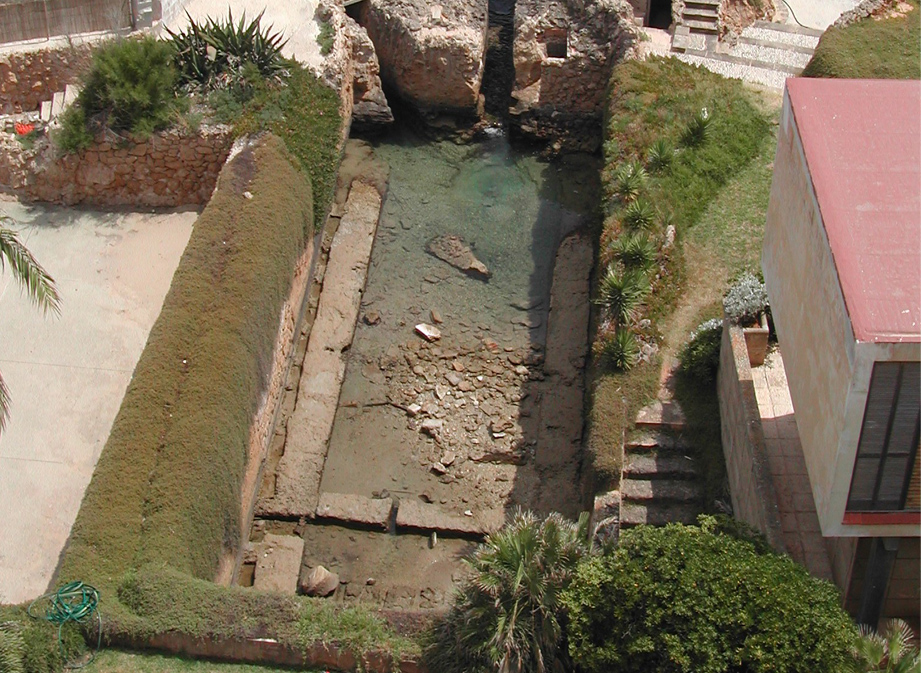
Vivero de Punta de l’Arenal Xàbia
Fish tank in Punta l’Arenal Xàbia


Fish tank Punta della Vipera
PONENTES / LECTURERS
BREVE CURRICULUM VITAE Y RESÚMENES DE LAS PONENCIAS / BRIEF CURRICULUM VITAE AND ABSTRACTS OF THE PRESENTATIONS




